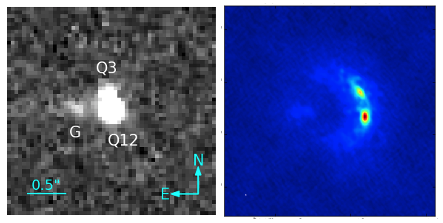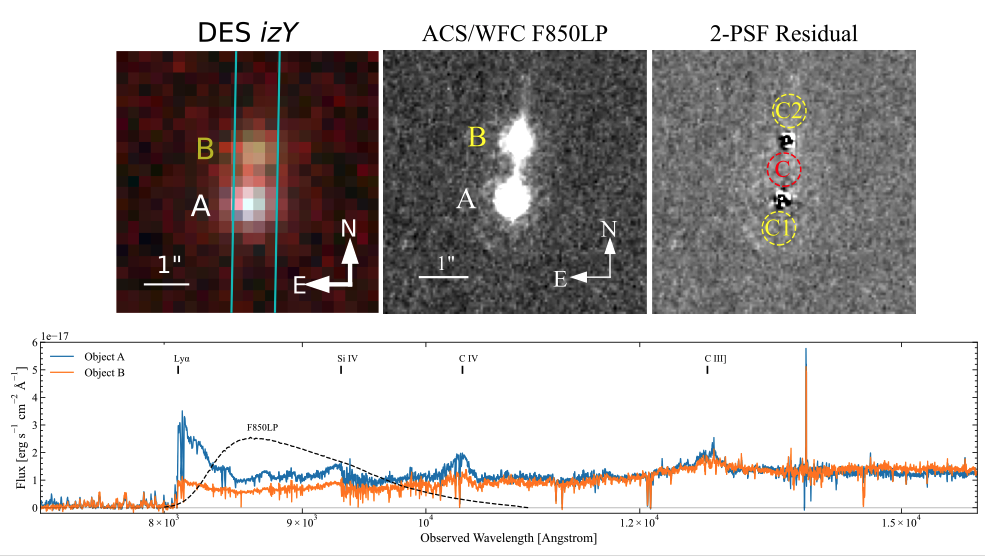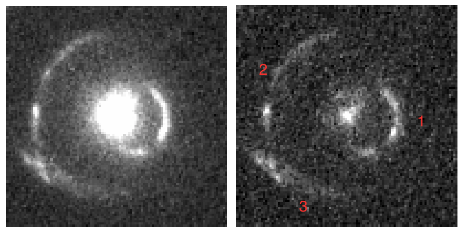I am broadly interested in the most fundamental questions in extragalactic astronomy and cosmology, in particular the "dark side" of the universe: black holes, dark matter, and dark energy.
I am now focusing on the following specific questions:
(1) How did the first supermassive black holes (SMBHs) form and grow? How do the SMBHs coevolve with their host galaxies through cosmic time?
(2) How can we find gravitationally lensed quasars in the upcoming sky surveys? How can we use lensed quasars to probe the properties of SMBHs?
(3) What is the Equation of State (EoS) of Dark Energy? What are the structures of dark matter in different galaxies?
As an observer, I use multi-wavelength observations (from X-ray to radio) to investigate these questions. In particular, I use strong gravitational lensing as a natural telescope, which boosts the sensitivity and spatial resolution of observations.
Check my GitHub page here.
Click here for the mock catalog of lensed quasars for the LSST survey (Yue et al. 2022).
Click here for more information about my JWST Cycle 2 project (GO 3017).

I use gravitationally lensed quasars at high redshifts to investigate distant SMBHs and their host galaxies in details.

I am leading a search for high-redshift kpc-scale quasar pairs and have found the only two close quasar pairs at z>4.5 known to date.

I use special gravitational lensing systems to constrain the properties of dark energy and dark matter.
(More details coming...)